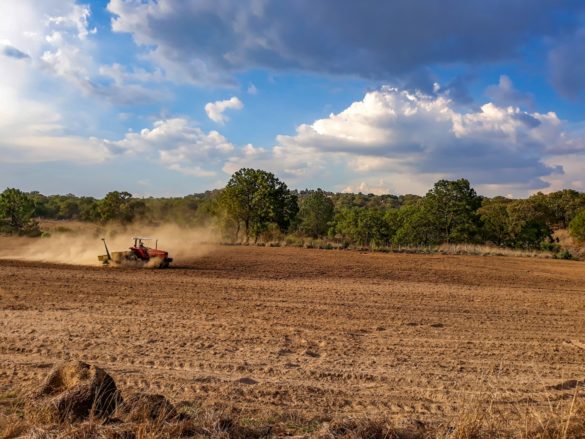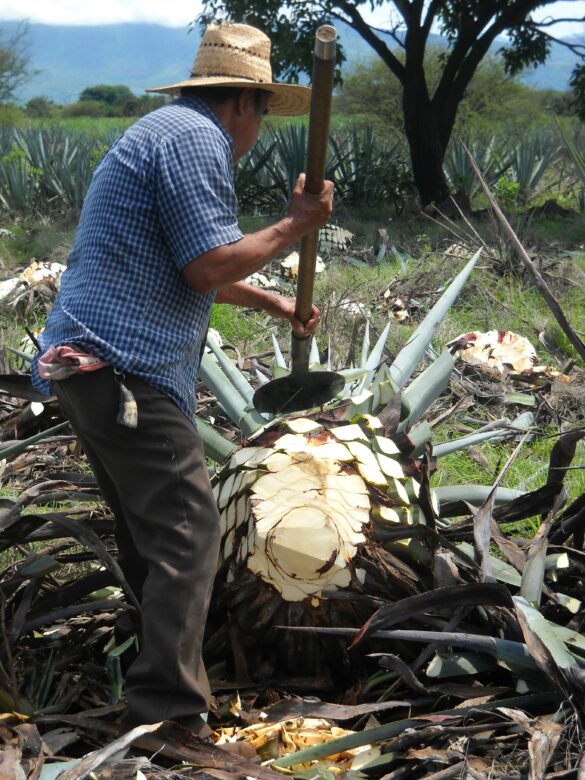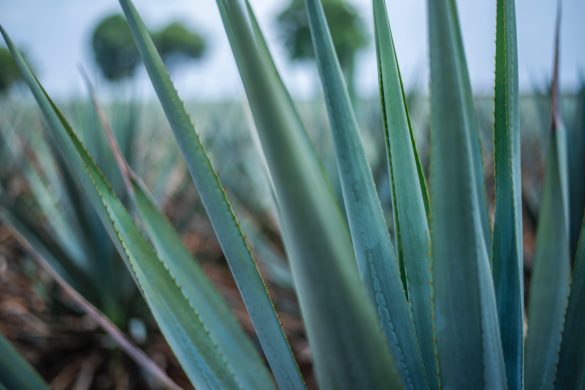100 actions for a stronger biodiversity in Jalisco
Context
- About the region & About the background / thematic
Jalisco ranks fourth in national biodiversity (after Oaxaca, Chiapas and Veracruz) and has 80% of the vegetation types existing in the country, along with approximately 30% of the Mexican flora recorded. It is estimated that there are 6,023 plant and 6,461 animal species in the state. Jalisco is home to more than 52% of the avifauna that inhabits Mexico; 40% of the mammal species and 18% of the reptiles present in Mexican territory.
Biodiversity loss can exert an important direct effect on human health if ecosystem services no longer meet social needs. Indirectly, changes in ecosystem services affect livelihoods, income and local migration and can sometimes even cause social conflict. Jalisco currently has 50 sites designated for conservation, divided into Natural Protected Areas (federal, state and municipal), Areas Voluntarily Designated for Conservation and Ramsar Sites. All of them total approximately 923,028 hectares.
The Jalisco State Biodiversity Strategy (EEB-Jal) was designed to specifically address the main pressure factors and threats to biodiversity.
- About the background/thematic
The territory of Jalisco presents a mosaic of specific conditions and problems in its regions regarding the availability, management and status of water resources. The Central, Ciénega, Altos Sur and Altos Norte regions concentrate approximately 82% of Jalisco’s population, in addition to most of the state’s livestock production and are, at the same time, the regions with the greatest water deficit and which present a critical situation in terms of overexploitation of aquifers and low levels of sanitation.
On the other hand, the issue of climate change calls into question the prevailing production-consumption model and imposes the need to rethink human activity in order to achieve a form of coexistence on the planet. That is why all human activities, in one way or another, can refer to their impact on the climate, and from that perspective the issue of climate change should be transversal to all sectors of the economy. For this reason, it is crucial that Jalisco takes actions specifically aimed at counteracting the effects of climate change, protecting natural capital, building a low-carbon economy, increasing economic productivity and increasing the resilience of the population, ecosystems and infrastructure.
The fight against biodiversity loss, the conservation of forests and their ecosystem services, as well as the integrated management of the territory, where the water-energy-food nexus is relevant, will improve the capacity of territories to face the onslaught of climate change, while contributing to improve the conditions for the sustainability of these same territorial spaces.
- About the specific commitments / Key Targets (SDGs; Climate Change; Biodiversity). Eg. Climate Change – 80% below 1990 levels by 2050
The State Strategy on Biodiversity is a planning instrument that seeks to promote changes in the approach to the use and conservation of biodiversity in the state, in addition to guiding the state’s public policies in a proactive, ambitious and realistic manner.
Its main commitment is “To conserve and safeguard biodiversity and the integrity of ecosystems, landscapes and the services they provide, preventing their loss and restoring what has been degraded, within the framework of sustainable development”.
And it has a vision to 2030: “In Jalisco, natural resources and biodiversity are conserved, in addition to safeguarding the human right to a healthy environment with inclusion of the most vulnerable groups”.
- Case/ Project/ Initiative
- WHAT it is; WHEN it was created and HOW; by WHOM; WHY it was created
- What are the GOALS
- What are the investments/ BUDGETs?
- Who is enrolled / beneficiaries and how do you foster their participation? (levels of government, civil society, business, academia, etc.)
- How it works (Priorities/ Steps/ Divisions/ etc.)
The Jalisco State Strategy on Biodiversity (EEB-Jal) was launched in 2020 with the single goal of conserving and safeguarding biodiversity in the state. It includes a set of five strategic axes: generation and application of knowledge; conservation, restoration and land management; integration of biodiversity in the productive sectors; environmental education and culture and governance, legal framework, and administration of justice.
It has a total of 22 lines of action and 100 actions with responsible parties and collaborators, as well as established deadlines for compliance. Each axis has lines of action and their respective actions, which require the leadership of some agencies or institutions in order to implement them in the short, medium and long term (short term being understood as 1 to 2 years; medium term, 3 to 5; and long term, 6 to 8); in addition, once initiated, some of these will remain as permanent actions.
The EEB-Jal contains actions that involve different public agencies of the federal, state and municipal governments; the legislative and judicial powers; the scientific community, civil society organizations, the private sector, indigenous peoples, local communities and society in general. This diversity of actors makes it necessary to generate mechanisms that guarantee the effective coordination of the agencies involved, which is addressed by the State Biodiversity Committee.
- Outcomes
- Achieved Results (Numbers and indicators) and how this contribute to the global agendas (SDGS, Paris Agreement, post-2020 biodiversity framework)
- Acknowledgements/ Awards
- Main findings/ Lessons Learnt
- Main challenges and how they were overcome, and if not, what are the plans to overcome them.
The main challenge of the Jalisco State Biodiversity Strategy 2030 (EEB-Jal) is its implementation and the consolidation of planned actions into concrete actions. The strategy lays the foundations to promote a long-term policy, where the co-responsibility of society, academia, and the private and governmental sectors are essential to guide and define actions based on the expected results.
The State Biodiversity Committee (CEB) is the collegiate body of the EEB-Jal. Its function is to analyze, advise, evaluate and issue opinions on the conservation and sustainable use of biodiversity in the state. This platform will facilitate coordination and follow-up for the execution of established actions.
The integration of the CEB members is based on a multidisciplinary and multisectorial approach, with a gender perspective and under a participation scheme that promotes consensual decisions, seeking to be an open and inclusive platform, with a non-governmental majority.
The president of the CEB will be a citizen representative, and the particular functions of said president and the members will be defined by means of a regulation; the president will have the support of SEMADET’s technical secretariat for the performance of his functions.
The members of the CEB will be distributed in three sections:
Section 1. Government representatives:
It will be made up of seven members, with voice and vote, from different key governmental institutions for biodiversity conservation.
Section 2. Representatives of multisectoral state platforms:
It will have three members, with voice and vote, who will carry out the articulation of agendas between the specific platforms and the CEB. One member for each of the following platforms: the REDD+ Technical Advisory Committee (CTC-REDD+), the State Committee for the Environmental Protection of Wetlands of Jalisco (CEPAHJ) and the Advisory Council of Natural Protected Areas of the State of Jalisco (CAANP-Jal).
Section 3. Experts and outstanding profiles in each of the axes:
It is proposed to have five outstanding profiles, academics or specialists, with voice and vote, experts in each of the axes of the strategy.
In total, it is intended to be a platform of 15 members. The attributions and responsibilities of the CEB should be defined through specific regulations approved by its members.
Visit the strategy here.





